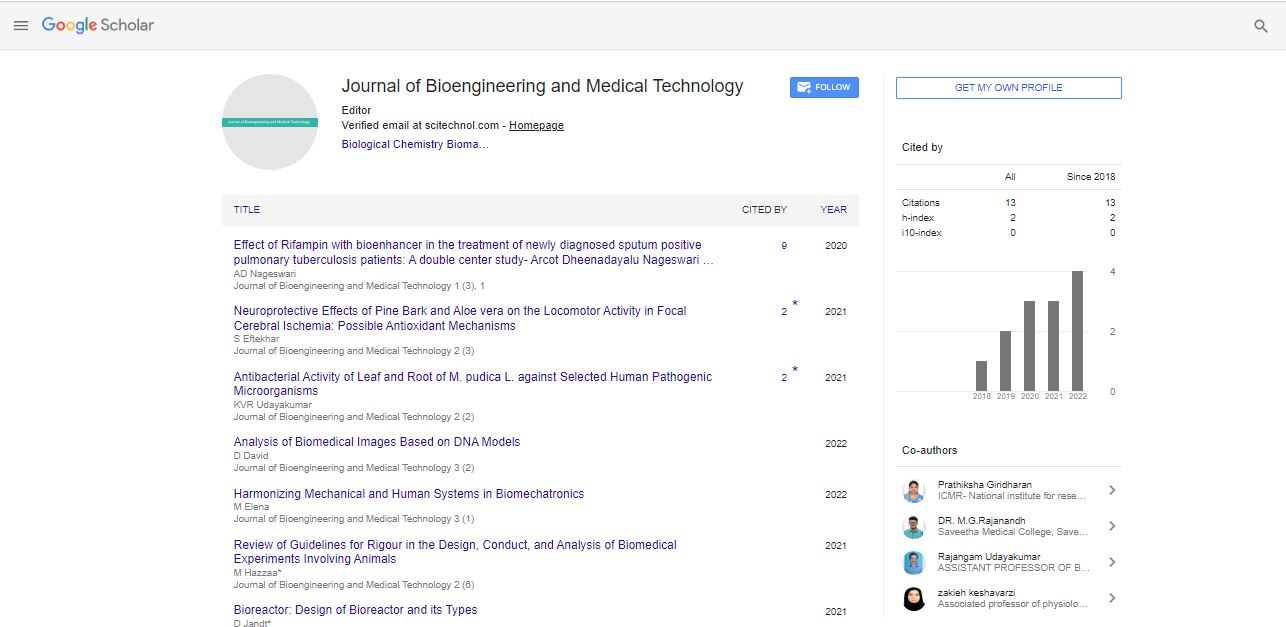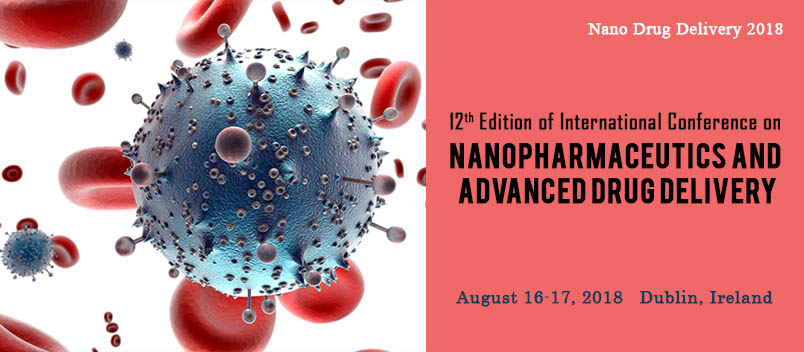Commentary, J Bioeng Med Technol Vol: 4 Issue: 3
Tissue Culture Engineering: Revolutionizing Biotechnology and Agriculture
Martin Erezuma*
1Department of Pharmacy and Biochemistry, Universidad de Buenos Aires, Buenos Aires, Argentina
*Corresponding Author: Martin Erezuma,
Department of Pharmacy and
Biochemistry, Universidad de Buenos Aires, Buenos Aires, Argentina
E-mail: erezumamartin@gmail.com
Received date: 28 August, 2023, Manuscript No. JBMT-23-118392;
Editor assigned date: 30 August, 2023, PreQC No. JBMT-23-118392 (PQ);
Reviewed date: 13 September, 2023, QC No. JBMT-23-118392;
Revised date: 20 September, 2023, Manuscript No. JBMT-23-118392 (R);
Published date: 27 September, 2023, DOI: 10.4172/JBMT.1000074
Citation: Erezuma M (2023) Tissue Culture Engineering: Revolutionizing Biotechnology and Agriculture. J Bioeng Med Technol 4:3.
Description
Tissue culture engineering is a cutting-edge field that has revolutionized biotechnology, medicine, and agriculture by enabling the in vitro propagation, manipulation, and analysis of cells and tissues. It highlights its impact on diverse sectors and underscores the importance of continued innovation in this exciting field. Tissue culture engineering, also known as cell culture or in vitro culture, is a field that has emerged as a crucial technology in various domains. It allows the cultivation of cells, tissues, and organs outside of their natural environment.
Historical development
The origins of tissue culture engineering can be traced back to the late 19th century when researchers like Ross Harrison began culturing nerve fibers in a saline solution. Subsequent breakthroughs, including the development of nutrient media and aseptic techniques, paved the way for the growth of cells and tissues in controlled environments.
Principles of tissue culture engineering
Tissue culture engineering primarily involves the cultivation of cells or tissues in vitro. Key principles include the selection of appropriate cell types, the formulation of specialized nutrient media, maintenance of sterile conditions, and the provision of optimal environmental parameters, such as temperature, humidity, and pH. Subculturing techniques and methods for preserving cell lines are also integral to successful tissue culture.
Applications in biotechnology
Tissue culture engineering has a profound impact on biotechnology. It serves as the foundation for cell-based assays, recombinant protein production, and the development of biopharmaceuticals. Cell lines established through tissue culture are essential tools in genetic engineering, drug screening, and vaccine production. The technology has also found application in the production of monoclonal antibodies and the creation of genetically modified organisms.
Medical applications
In medicine, tissue culture engineering has opened new frontiers in regenerative medicine and organ transplantation. The ability to grow human cells and tissues in vitro has led to advancements in tissue engineering, the development of artificial organs, and patient-specific treatment strategies. Stem cell cultures play a pivotal role in the exploration of potential cures for a variety of diseases.
Agricultural applications
Agriculture has greatly benefited from tissue culture engineering. Micropropagation, the rapid multiplication of plants through tissue culture, enables the production of disease-free, genetically uniform plantlets. This technology is essential in the cultivation of high-yield crops and the preservation of endangered species. Additionally, tissue culture is instrumental in the breeding of new plant varieties and the genetic modification of crops to enhance resistance to pests and diseases.
Challenges and emerging trends
While tissue culture engineering has made remarkable progress, it is not without challenges. These include issues related to genetic stability, contamination, and scaling up production. Emerging trends include the development of three-dimensional tissue culture systems, the use of microfluidics for controlled nutrient delivery, and the integration of tissue-on-a-chip technologies for drug testing and disease modeling.
Future directions
The future of tissue culture engineering is bright. Ongoing research is focused on enhancing the scalability and reproducibility of tissue culture processes, enabling the creation of complex tissue structures and advancing our understanding of organogenesis. Additionally, the field continues to intersect with other emerging technologies, such as artificial intelligence and bioprinting, further expanding its applications.
Tissue culture engineering stands as a remarkable testament to human ingenuity, with applications spanning biotechnology, medicine, and agriculture. The ability to propagate, manipulates, and analyzes cells and tissues in vitro have transformed the way we approach fundamental research, drug development, and agriculture. As the field continues to evolve, it holds the promise of addressing some of the most pressing challenges in science and society, from personalized medicine to food security and environmental conservation.
 Spanish
Spanish  Chinese
Chinese  Russian
Russian  German
German  French
French  Japanese
Japanese  Portuguese
Portuguese  Hindi
Hindi 
